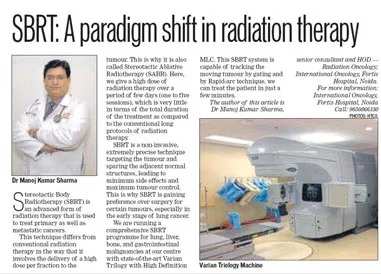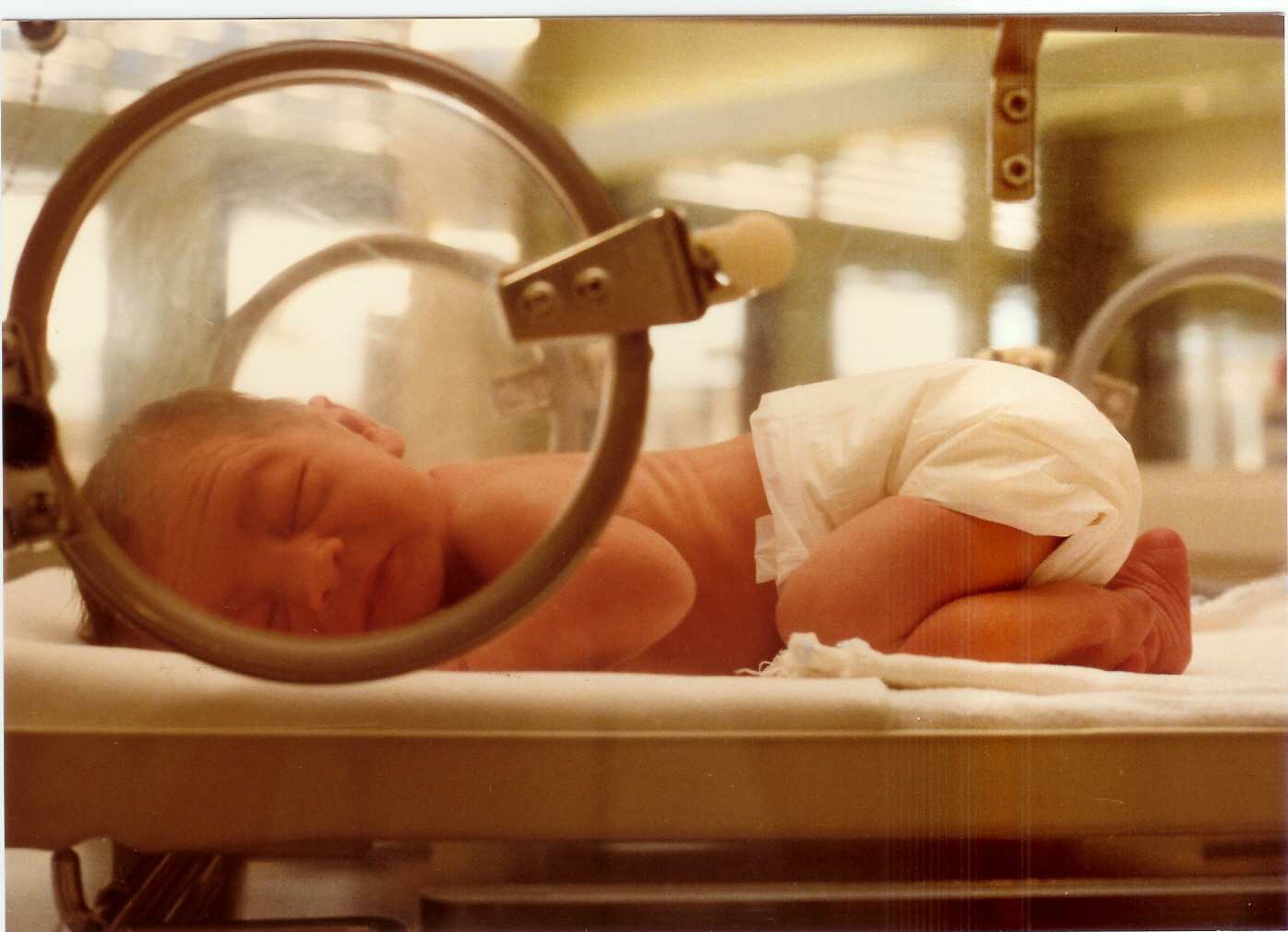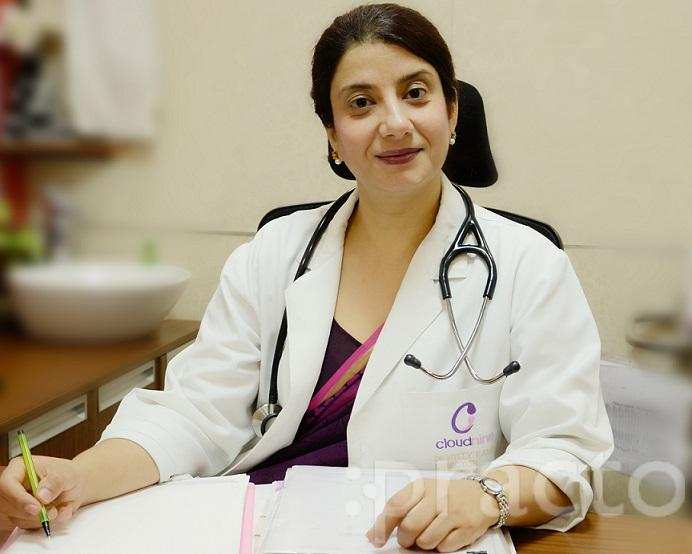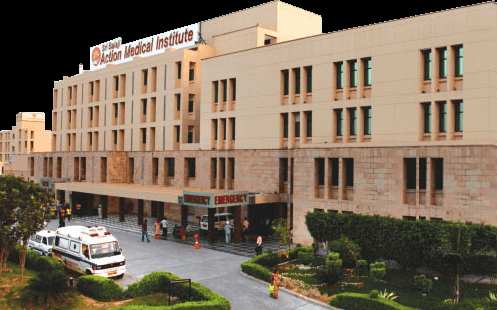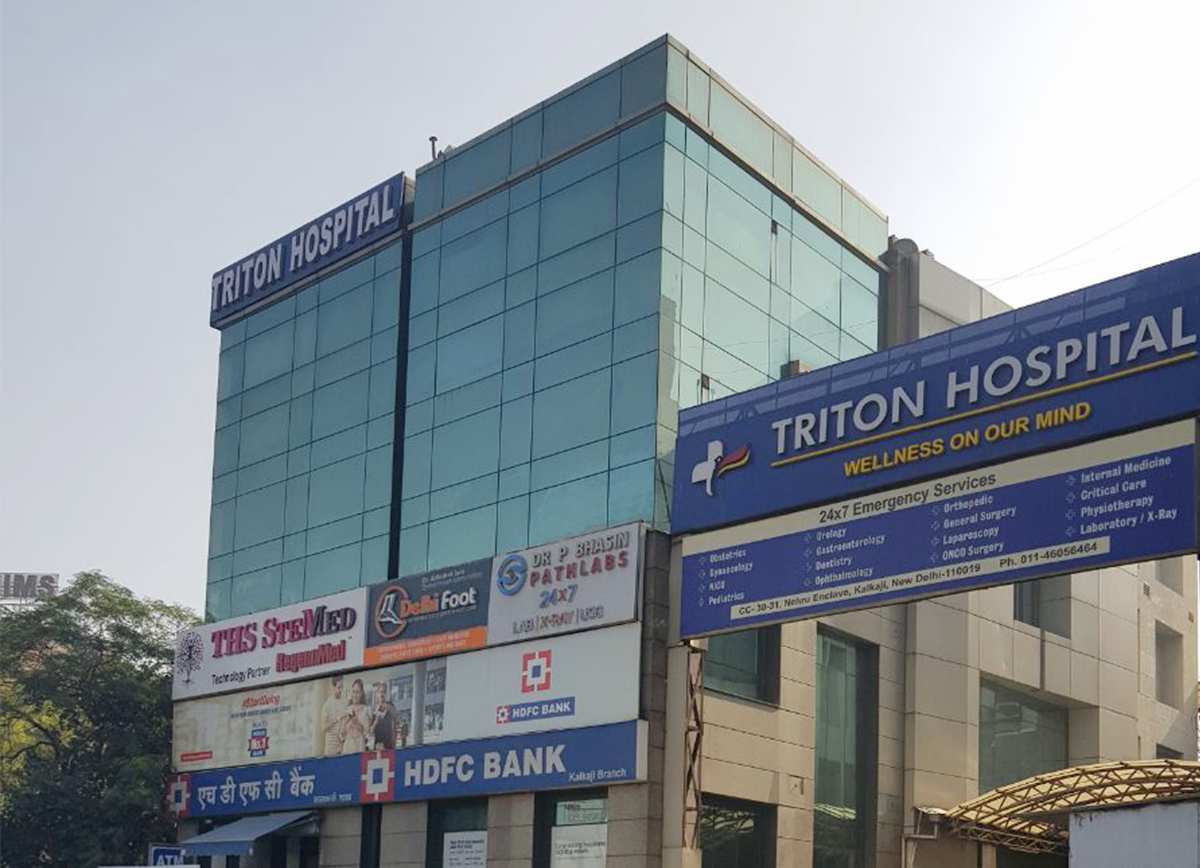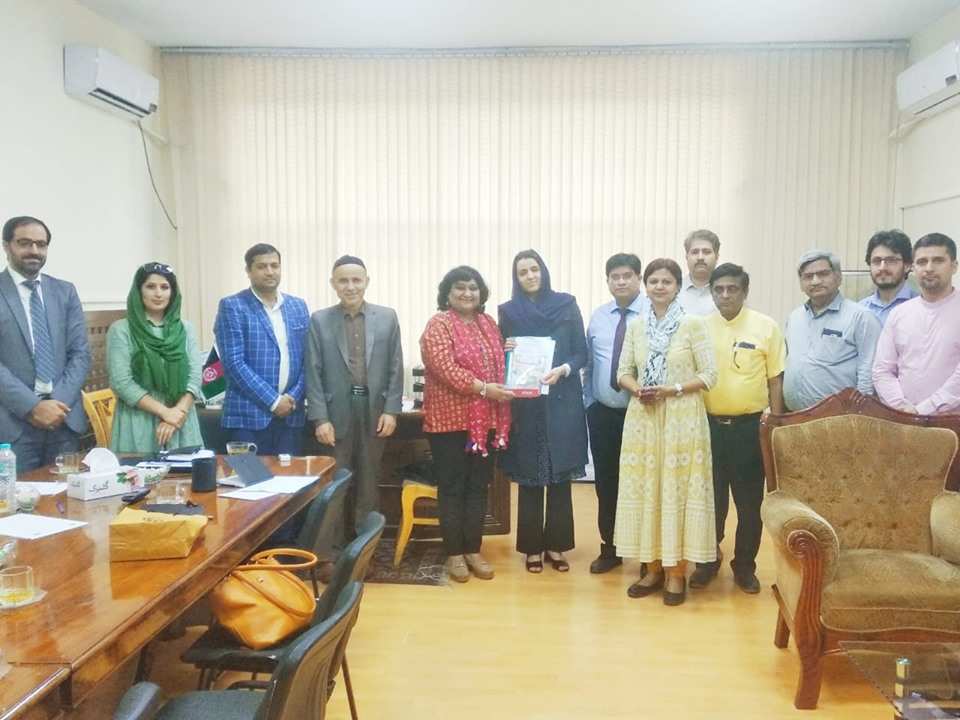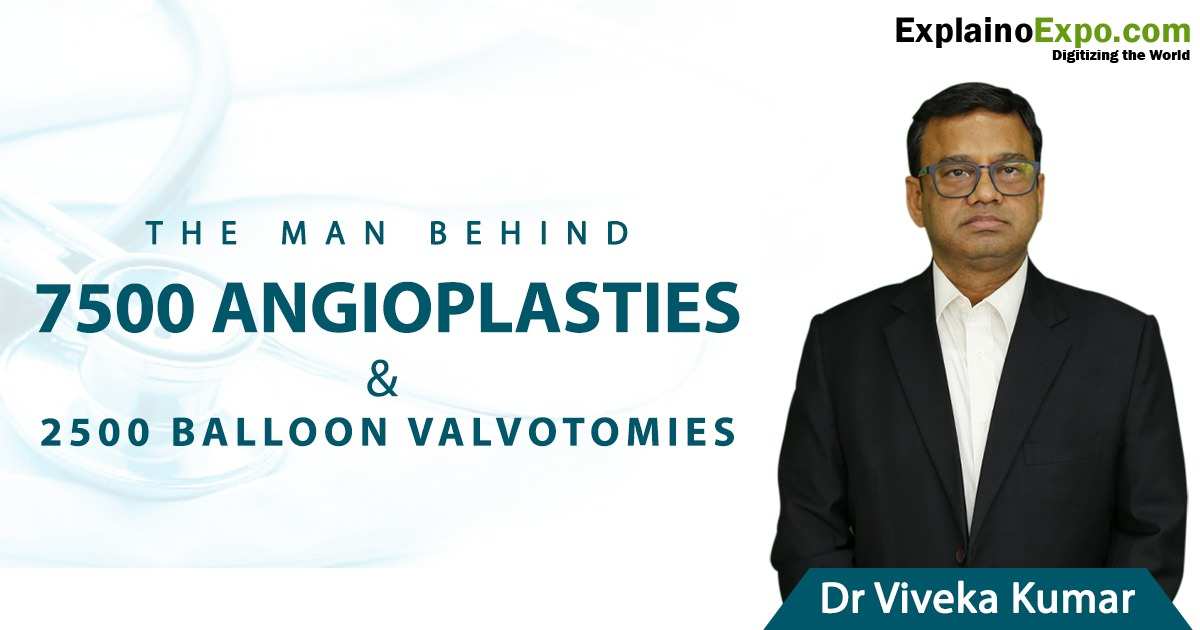TAVI is an unprecedented step in the interventional cardiology field; it has simplified high-risk surgeries in elderly patients. TAVI plays an eminent role in treating intermediate and low-risk patients possessing relentless aortic stenosis. It has helped to move from a complex procedure to simplistic, reliable, and efficient therapy because of high tech devices.
Primarily implanted in 2002, it has become a standard procedure globally by now. TAVI is one minimally invasive surgical procedure that repairs the valve without removing the damaged and old valve. This surgery is also known as a Transcatheter Aortic Valve Replacement (TAVR).
The process of performing TAVR is quite similar to the stent placed in the artery. Through TAVI, one delivers a fully collapsible replacement valve to the valve site with the help of a catheter. Right after the new valve is expanded, the old valve is pushed out of the way, Tissues in the replacement valve takes over the work of regulating blood flow.
Dr. Viveka Kumar, one senior consultant Interventional cardiologist and director of the cath lab at Max super specialty hospital in Saket, New Delhi. He is one handful surgeon in India who has performed various complexed interventions including left primary stenting, rotablation, and bifurcation; he is well versed with the process of TAVI as well. He also has excellent expertise in electrophysiology procedures, cool tip ablation, ICD, CRTs, pacemaker implantation, lead extraction, carotid angiography, balloon valvotomy, etc.
According to Kumar- TAVI is a class 1 recommendation for severe symptomatic as in the patients who are at increased risk for surgical valve replacement. Transcatheter aortic valve implantation has been a feasible alternative to the surgical aortic valve replacement in people who have severe aortic stenosis and high surgical risk. You can know more about TAVI by watching this video.


